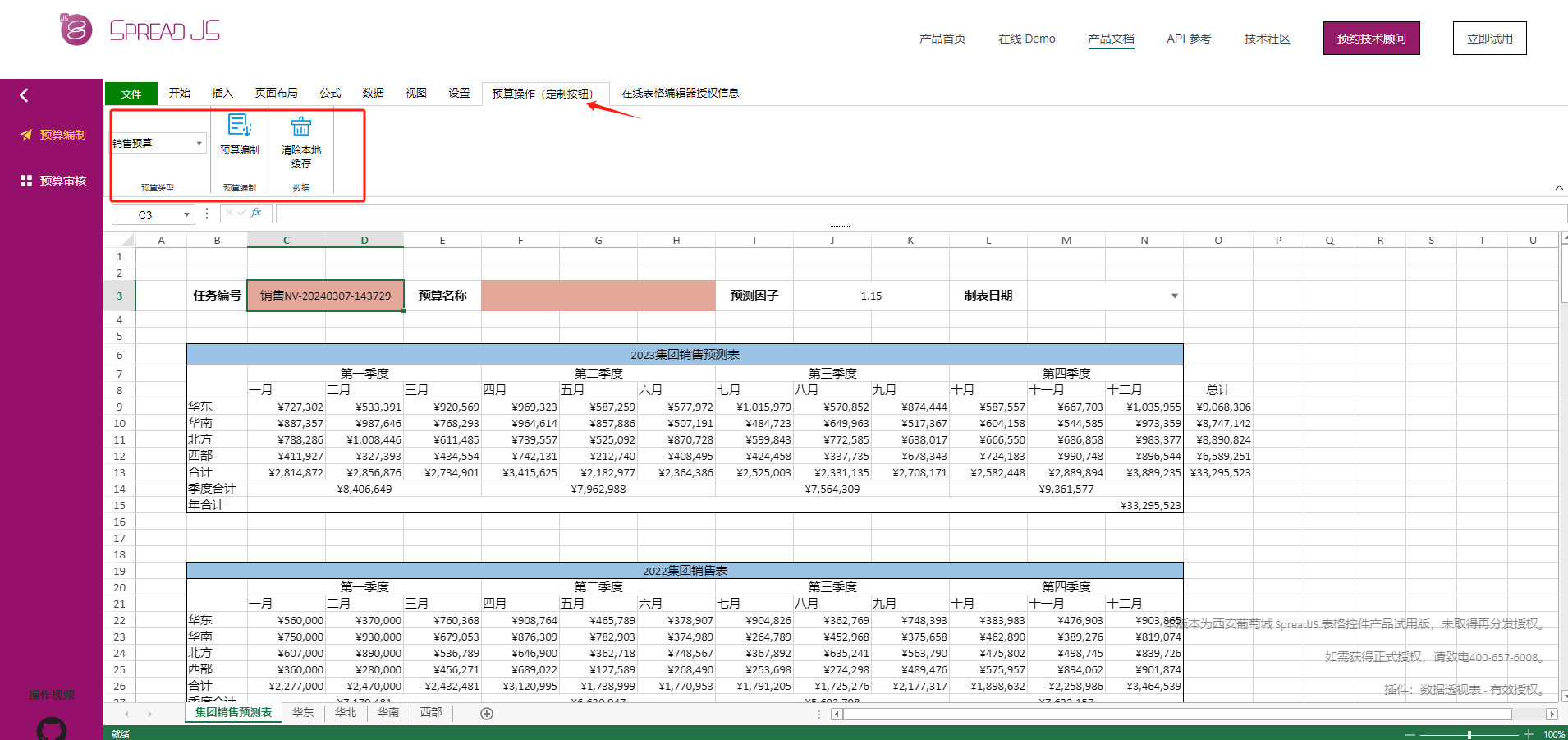Teo 0.2.18 发布,修复代码生成 bug,巨好用的网络开发框架
一个后端框架,支持AI编写,不写编程代码就能启动服务器进行增删改查,还能为前端生成请求包,写一个登录功能只需5行代码。支持Node.js,支持Python,支持Rust。使用编程代码的话,它的ORM API可能是世界上最好用,最类型安全的。
使用方法
它的使用方法非常简单,一般我们在编写后端开发的时候,肯定离不开数据建模,编写各个类和表,我们就编写这个,就能得到默认的增删改查和分组聚合。
connector {
provider: .sqlite,
url: "sqlite::memory:"
}
server {
bind: ("0.0.0.0", 5050)
}
model User {
@id @autoIncrement @readonly
id: Int
@unique @onSet($if($presents, $isEmail))
email: String
name: String?
@relation(fields: .id, references: .authorId)
posts: Post[]
}
model Post {
@id @autoIncrement @readonly
id: Int
title: String
content: String?
@default(false)
published: Bool
@foreignKey
authorId: Int
@relation(fields: .authorId, references: .id)
author: User
}
这就是最精简的博客网站的后台,用户和文章相关联。我们可以对用户和文章进行非常丰富的创建、编辑和查询等操作。
如果要创建一个用户的同时创建其相关联的文章,使用这个请求,发送到/User/create。
{
"create": {
"email": "ada@teocloud.io",
"name": "Ada",
"posts": {
"create": [
{
"title": "Introducing Teo",
"content": "This post introduces Teo."
},
{
"title": "The next generation framework",
"content": "Use the next generation technology."
}
]
}
},
"include": {
"posts": true
}
}
这样的返回值会包括用户,也包括文章。
{
"data": {
"id": 1,
"email": "ada@teocloud.io",
"name": "Ada",
"posts": [
{
"id": 1,
"title": "Introducing Teo",
"content": "This post introduces Teo.",
"published": false,
"authorId": 1
},
{
"id": 2,
"title": "The next generation framework",
"content": "Use the next generation technology.",
"published": false,
"authorId": 1
}
]
}
}
5行代码编写登录
一个集成的登录只需要5行代码。请看演示:
@identity.tokenIssuer($identity.jwt(expired: 3600 * 24 * 365))
@identity.jwtSecret(ENV["JWT_SECRET"]!)
model User {
@id @autoIncrement @readonly
id: Int
@unique @onSet($if($presents, $isEmail)) @identity.id
email: String
@writeonly @onSet($presents.bcrypt.salt)
@identity.checker($get(.value).presents.bcrypt.verify($self.get(.password).presents))
password: String
include handler identity.signIn
include handler identity.identity
}
middlewares [identity.identityFromJwt(secret: ENV["JWT_SECRET"]!)]
这里的代码多于5行,是因为用户表的字段也在这段代码里。把这个请求发送到/User/signIn:
{"credentials": {"email": "01@gmail.com","password": "Aa123456"}}
我们得到了用户信息和他的token。
{"data": {"id": 1,"email": "01@gmail.com"},"meta": {"token": "eyJ0eXAiOiJKV1QiLCJhbGciOiJIUzI1NiJ9.eyJpZCI6eyJpZCI6MX0sIm1vZGVsIjpbIlVzZXIiXSwiZXhwIjoxNzQyMTI0NDk2fQ.x2DSIpdnUeJtsUOGQsHlGksr29aF-CWog6X5LILxsOc"}}
完整框架功能一个不少
文件上传,文件返回,静态目录映射,返回HTML页面,或是返回其他内容,一应俱全。Teo的插件是先进的先进后出插件,即第一个插件进入,第二个插件进入,执行路由定义,第二个插件退出,第一个插件退出。
要编写自定义路由,请看这里,这三段代码分别用Node.js,Python和Rust编写,选择你想选择的语言开发后台即可:
import { App, Response, RequestCtx } from '@teocloud/teo'
import { EchoPathArguments } from './entities'
const app = new App()
app.mainNamespace().defineHandler("hello", () => {
return Response.html(`
<html>
<head>
<title>Hello, Teo handlers</title>
</head>
<body>
<h1>Hello, Teo handlers!</h1>
</body>
</html>
`)
})
app.mainNamespace().defineHandler("empty", () => {
return Response.empty()
})
app.mainNamespace().defineHandler("echo", (ctx: RequestCtx) => {
const pathArguments: EchoPathArguments = ctx.pathArguments()
return Response.string(pathArguments.data, "text/plain")
})
app.run()
from asyncio import run
from teo import App, Response, RequestCtx
from entities import EchoPathArguments
async def main():
app = App()
def hello_handler(_ctx):
return Response.html("""
<html>
<head>
<title>Hello, Teo handlers</title>
</head>
<body>
<h1>Hello, Teo handlers!</h1>
</body>
</html>
""")
app.main_namespace().define_handler("hello", hello_handler)
def empty_handler(_ctx):
return Response.empty()
app.main_namespace().define_handler("empty", empty_handler)
def echo_handler(ctx: RequestCtx):
path_arguments: EchoPathArguments = ctx.path_arguments()
return Response.string(path_arguments["data"], "text/plain")
app.main_namespace().define_handler("echo", echo_handler)
await app.run()
run(main())
mod entities;
use tokio::main;
use teo::prelude::{App, Response, Result, path};
use crate::entities::EchoPathArguments;
#[main]
async fn main() -> Result<()> {
let app = App::new()?;
app.main_namespace_mut().define_handler("hello", || async {
let response = Response::html(r#"
<html>
<head>
<title>Hello, Teo handlers</title>
</head>
<body>
<h1>Hello, Teo handlers!</h1>
</body>
</html>
"#)?;
Ok::<Response, Error>(response)
});
app.main_namespace_mut().define_handler("empty", || async {
Ok::<Response, Error>(Response::empty())
});
app.main_namespace_mut().define_handler("echo", |path_args: EchoPathArguments| async move {
Ok::<Response, Error>(Response::string(path_args.data(), "text/plain"))
});
app.run().await
}
在这个例子中,我们定义了三个路由,返回HTML,返回空,和返回文本。
开始使用
Teo的安装过程非常简单,Node.js用npm、pnpm、yarn都可以安装,Python的用pip安装,Rust的用cargo安装,都是语言标配的包管理工具。
npm install @teocloud/teo # node.js
pip install teo # python
cargo install teo # rust
添加我们的微信群管微信caofz007,关注公众号,在Gitee上面给我们的辛苦劳动一点鼓励,点一颗星,即可加入我们微信群。群里你可以任意问答,我们有专人回复,我们的作者会聆听你的需求,为你改变框架的未来,开发你正需要的功能。
项目地址
官网:https://teocloud.io
Gitee: https://gitee.com/teocloud/teo
学习资料
我们的作者花了数月的时间编写文档,我们的官网有详细的文档和教程,现在的浏览器翻译工具非常厉害,只要安装一个翻译插件,网站秒变中文,阅读轻松畅快。







